YouTuber Tests Russian DIY Counter-Drone Rounds

First Person View (PFV) drones in the Russo-Ukrainian conflict are one of the most dangerous threats to fighters of either side. We’ve already seen how shotguns can be a valuable last line of defense. However, it appears that many of the troops on the ground don’t have access to 12-gauge shotguns, a need that prompts improvisation. The YouTube Channel and blog The Armourer’s Bench documented the efforts of Russian soldiers trying to convert their issued rounds into “shotshells”. Another channel, Friendly Neighbourhood Rifleman, intrigued by the concept, decided to replicate and test these attempts.
More Drone Warfare @ TFB:
- RWS UDD Ammunition - Another Drone Defense Solution by BDT
- An Old School Solution to a Very Modern Threat: Shotguns vs Drones
- Benelli Introduces the M4 A.I. Drone Guardian
- China Builds A Recoilless 7.62 Round... For Drones!
- New Spartanat Book Explores Drone Warfare
- Russian BRT Dronoboy Anti-UAV Muzzle Attachment
Heat-Shrink Anti-Drone Ammunition
The first DIY approach by Russian soldiers meant to increase their chances of survival in a drone encounter, while still relying on the issued AK-74 pattern rifles, adopts subcaliber metal balls held by shrink-wrap tubing. The Armourer’s Bench documented this solution in December 2024, showing different approaches and some feedback from users.
While reports from the field seem to prove that this expedient ammunition has a certain degree of effectiveness, the details are quite scarce. The Friendly Neighborhood Rifleman, inspired by TAB’s reporting, tasked himself with replicating this last-resort load. Having more access to .223 Remington firearms than 5.45x39mm ones, FNR still infused a bit of Russian flavor in his experiment by starting with TulAmmo, steel-cased, rounds.
After briefly introducing the manufacturing process of the 20 rounds prepared for the test, FNR set drone-shaped paper targets at 10 yards and started spraying them with high-velocity BBs. Initially, with single-shot sessions to focus on the terminal ballistics rather than on the operation of the AR pistol.
The first shots show a fairly manageable spread a the relatively close distance of 10 yards. Both shots would likely have been able to incapacitate a small drone.
The sub-caliber BB load, at 36 grs, is lighter than the original 55 grs bullet; however, it doesn’t seal the barrel as the original payload would, resulting in a lower, but still respectable velocity of over 2,500 fps. The energy delivered to a couple of targets appears more than sufficient to destroy light drones, although we can expect a fast velocity drop of each individual buckshot.
The semiautomatic operation of the AR pistol, with a Russian-inspired magazine alternating buckshot and ball, looks pretty spotty, although the load does not seem to generate any major issues in the firearm.
Below you can find the whole video. It’s refreshingly concise and worth a watch:
3D Printed Anti-Drone Ammunition
In March 2025, TAB reported about an “updated” version of the DIY salvo rounds, this time using a 3D printed sabot instead of the shrink-wrap tubing. Allegedly, this solution results in less fouling of the barrel, while likely offering more manufacturing repeatability due to the reduced reliance on the assembly operator’s skills.
Again, the Friendly Neighborhood Rifleman brought the concept to life on American soil, this time using actual Russian calibers.
The rounds are shot this time at a slightly farther distance of 15 yards, showing similar results to the shrink-wrap loads. A later test of 6 rounds at about 30 yards provides a certain confidence in the hit probability on a drone-like target at such ranges.
The velocity readings appear erratic, which could be due to the limited seal offered by the faceted surfaces of the sabot; however, the energy dump of the 7.62x54R in ballistic gelatine is serious.
The full video is below, again, informative and to the point:
Conclusions
Both concepts seem to be relatively easy to replicate. While the results give an edge to the shrink-wrap solution, the 3D printed alternative can be iterated for its optimization fast, and lead to a more reliable manufacturing process.
FNR’s tests are at distances likely shorter than any soldier wants to be when faced by an explosive-packed drone, but the energy delivered should offer drone incapacitation at longer ranges. Probably, the single soldier relying only on these rounds for their survival would need a healthy dose of luck, but multiple shooters may sufficiently saturate the air around the unfriendly flying object.
All photos courtesy of Friendly Neighborhood Rifleman

Italian firearm enthusiast, Giorgio has a passion for innovative or plainly unusual mechanical solutions. He's also interested in manufacturing technologies with a recent focus on additive manufacturing.You can contact him at giorgio_o at zoho dot com and you'll find him in the comments section as Giolli Joker.
More by Giorgio O


















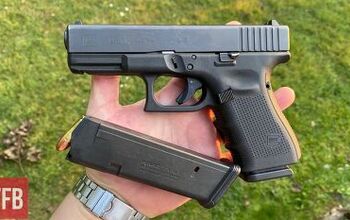
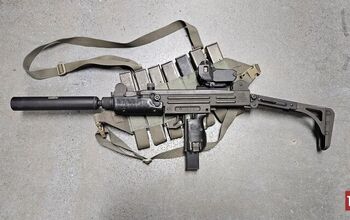
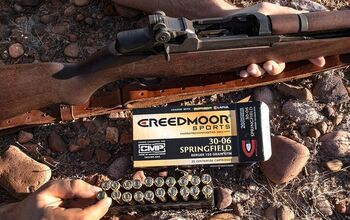

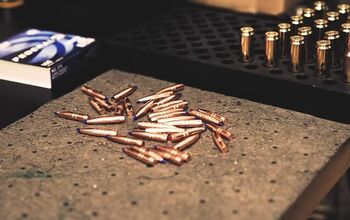


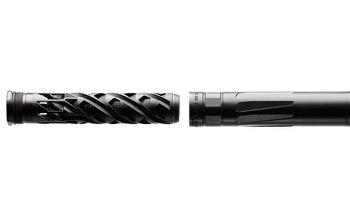
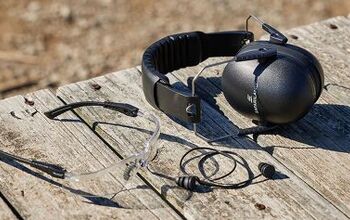

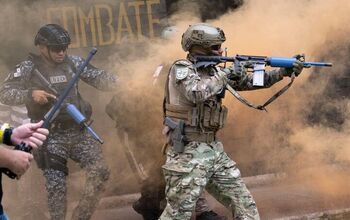

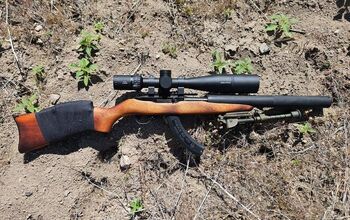


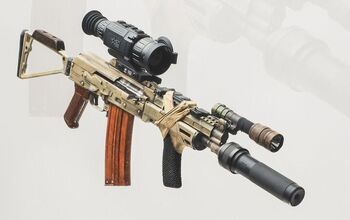


Comments
Join the conversation
I wonder by they don’t make a huge shotgun shell that fits in the underbarrel grenade launchers as well. That would really fill the sky with lead.